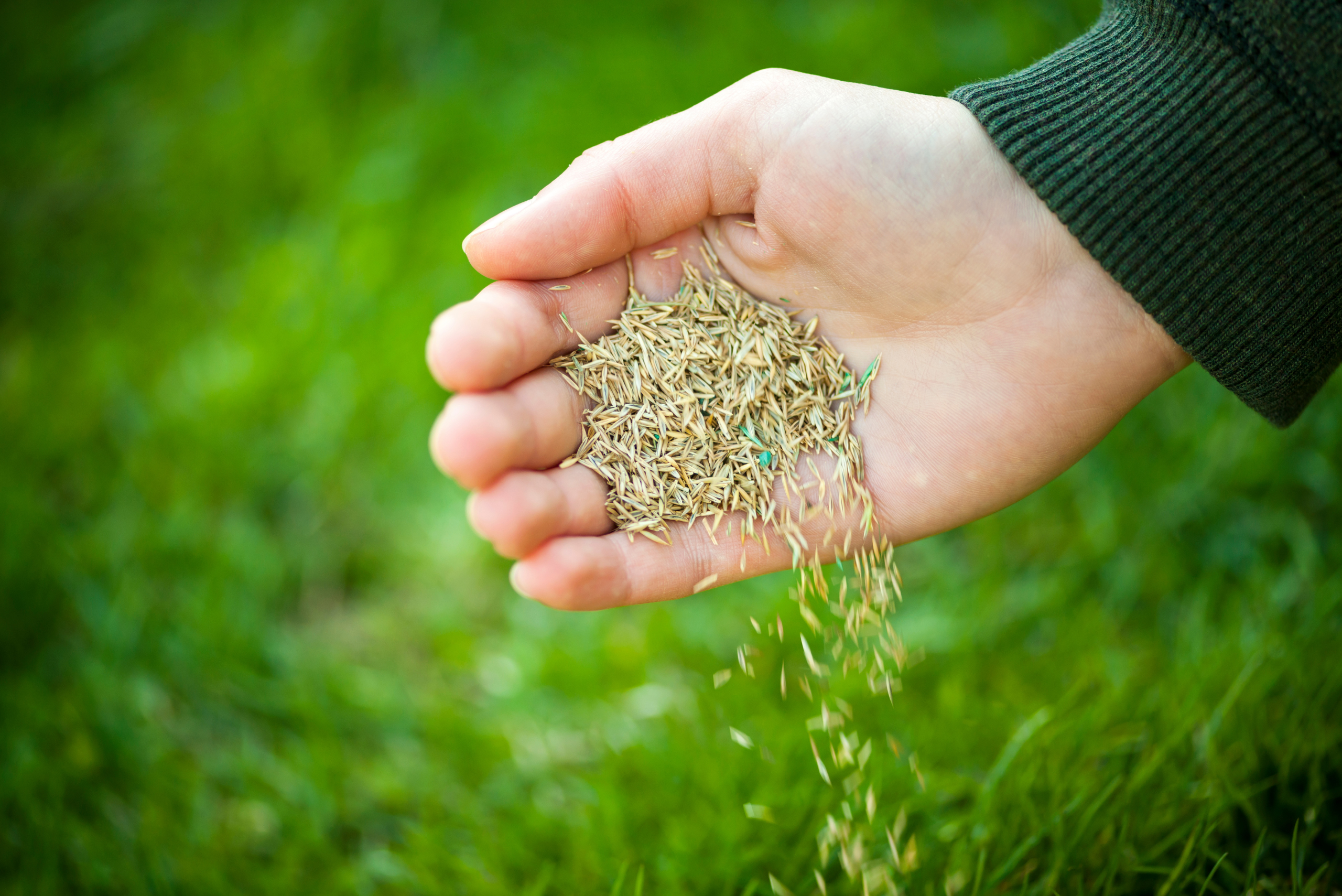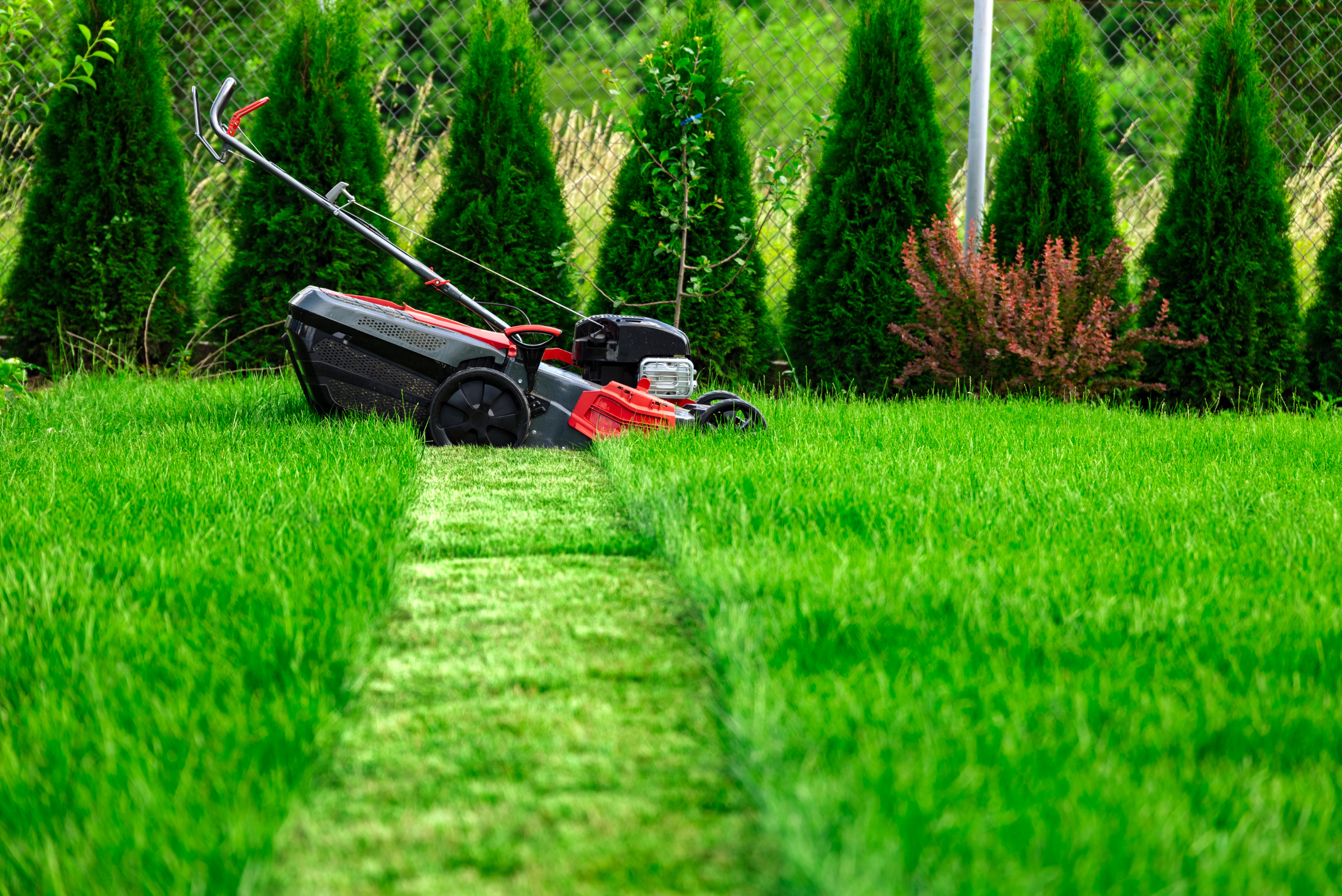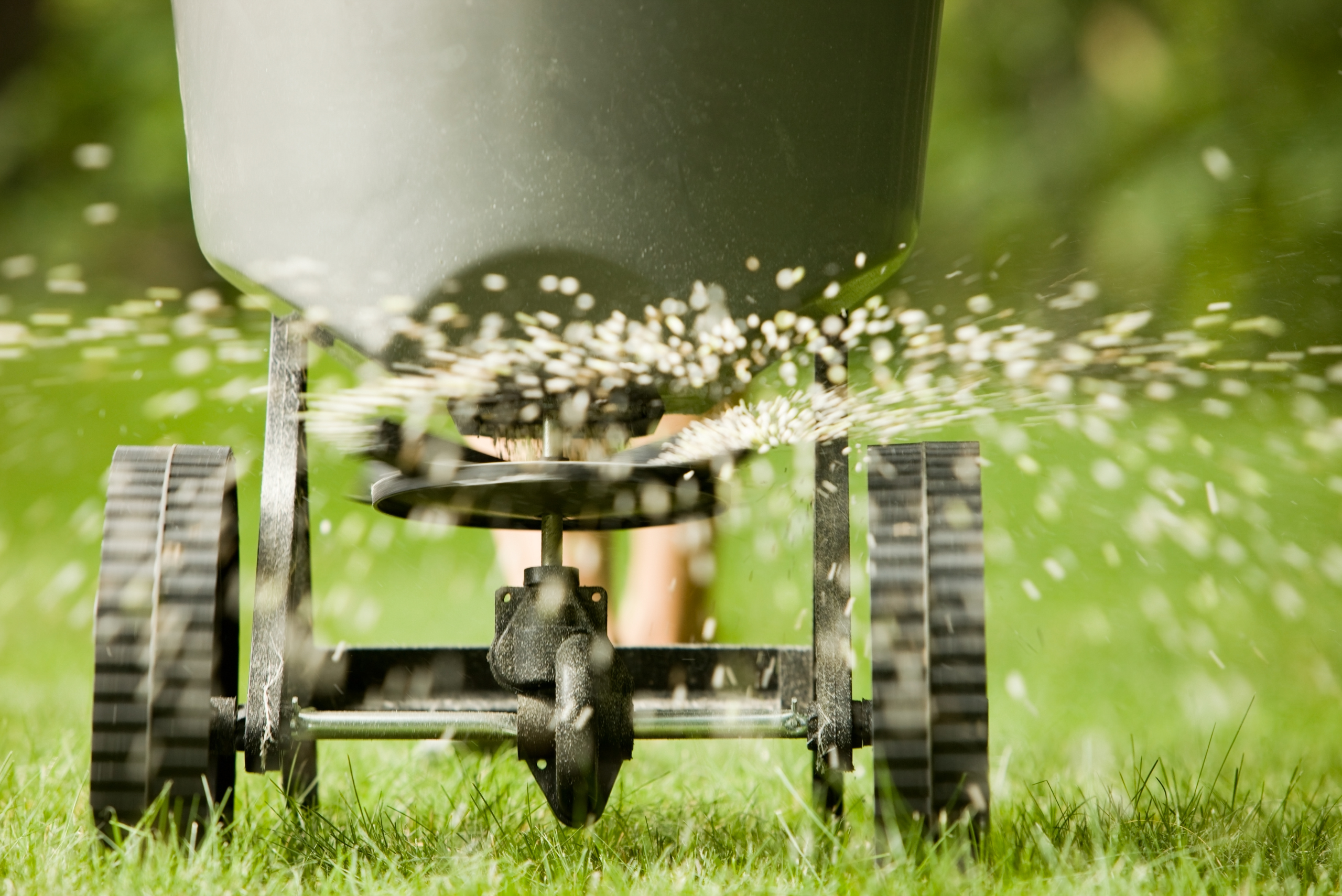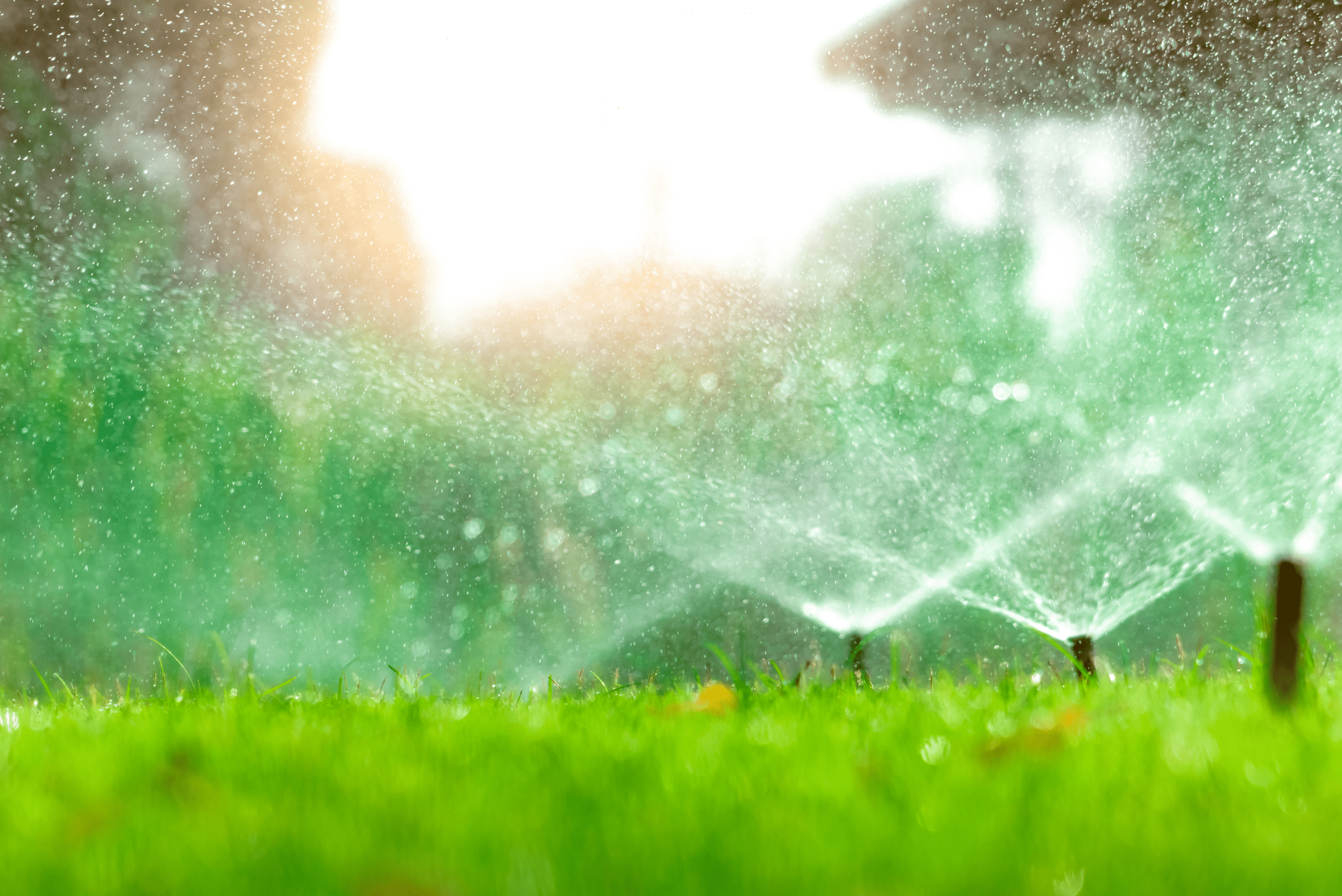How to Overseed a Lawn for Thicker and Healthier Grass
If your lawn is looking a little sparse, patchy, or tired, overseeding might be the secret weapon you need to bring it back to life. Overseeding is the process of spreading new grass seed over an existing lawn to improve its thickness, color, and overall health. It’s an easy yet highly effective way to rejuvenate your yard without starting from scratch. Follow these steps to overseed like a pro and enjoy lush, green grass in no time.
Choose the Right Grass Seed
Selecting the correct type of seed is crucial for success. Consider your region’s climate, sun exposure, and how much foot traffic your lawn endures. Cool-season grasses like fescue, ryegrass, and Kentucky bluegrass thrive in northern regions, while warm-season varieties such as Bermuda and zoysia work best in southern climates.
Mixing different types of seeds can improve resilience and create a fuller appearance. Be sure to choose high-quality, weed-free seed for the best results.

Prep Your Lawn for Success
Before you spread any seed, preparing your lawn properly is key. Start by mowing your grass shorter than usual, about 1.5 inches, to give the new seeds better soil contact.
Rake away any debris, dead grass, and thatch buildup to expose the soil. Aerating your lawn is also a smart move, as it creates small holes that help seeds settle into the soil and encourage better root growth.

Spread the Seed Evenly
For an even, professional-looking result, use a broadcast spreader or handheld spreader to apply the grass seed.
Here are five tips to help you spread seeds evenly:
- Use a spreader for consistent distribution rather than spreading by hand.
- Divide your total seed amount in half and spread in two passes, one pass in a north-south direction and the other east-west.
- Adjust your spreader settings according to the seed type to prevent overcrowding or sparse areas.
- Walk at a steady pace to maintain consistent coverage.
- Lightly rake the lawn afterward to help the seeds make better contact with the soil.

Water Properly for Growth
Watering is vital for seed germination, but overdoing it can wash the seeds away. After overseeding, gently water the lawn to keep the top inch of soil moist but not soaked. For the first two weeks, aim to water lightly once or twice a day. Once the seeds start sprouting, reduce watering frequency while increasing the amount of water each time to encourage deeper roots.

Maintain Your New Growth
Once your new grass starts to grow, proper maintenance will keep it healthy. Wait until the new grass reaches about three inches tall before mowing, and always use a sharp mower blade to avoid tearing the tender shoots.
Avoid heavy foot traffic for at least a month, and consider feeding your lawn with a starter fertilizer to promote strong root development. With consistent care, your overseeded lawn will thrive and fill in those bare patches beautifully.

Related Articles
- How to Replant or Fix Your Lawn’s Bare Spots
- This Is the Most Efficient Way to Mow the Grass
- Topdressing Your Lawn Is The Best Way To Ensure Thriving Grass
Overseeding is a simple yet powerful way to transform a tired lawn into a lush, vibrant carpet of green. By choosing the right seed, prepping your lawn correctly, and following proper watering and maintenance techniques, you can achieve stunning results. Whether your yard needs a little boost or a complete refresh, overseeding can be the game-changer your lawn has been waiting for.









